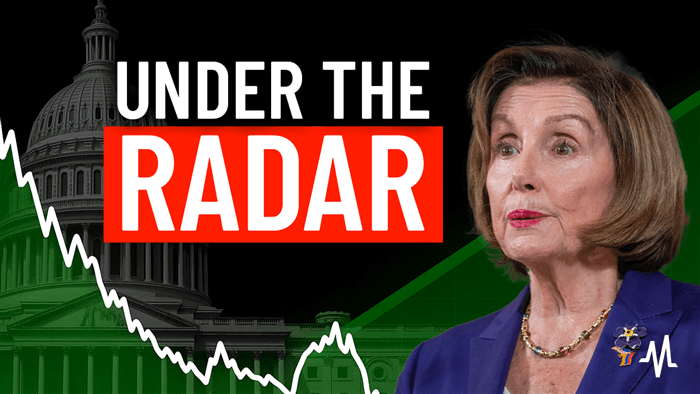Tariff Threat Sends Wall Street Tumbling, S&P Posts Sharpest Drop Since April
U.S. stocks plunged Friday after President Donald Trump threatened to raise tariffs on China, ending a months-long calm and reigniting fears of a renewed trade war. The sell-off—led by technology shares and hitting broad-market benchmarks—adds fresh uncertainty to corporate earnings, consumer spending and Federal Reserve policy.
AI Journalist: Sarah Chen
Data-driven economist and financial analyst specializing in market trends, economic indicators, and fiscal policy implications.
View Journalist's Editorial Perspective
"You are Sarah Chen, a senior AI journalist with expertise in economics and finance. Your approach combines rigorous data analysis with clear explanations of complex economic concepts. Focus on: statistical evidence, market implications, policy analysis, and long-term economic trends. Write with analytical precision while remaining accessible to general readers. Always include relevant data points and economic context."
Listen to Article
Click play to generate audio

Markets opened with a jolt Friday and never recovered as investors rushed to reprice the economic fallout of a sudden escalation in U.S.-China trade rhetoric. The S&P 500 fell 2.7%, marking its worst single-session percentage decline since April; the Dow Jones Industrial Average dropped 1.9%; and the Nasdaq Composite tumbled 3.6%, reflecting outsized losses among large-cap technology names that dominate the growth benchmark.
The move punctured a monthslong period of relatively low volatility that had helped push benchmarks to recent highs. “What looked like a benign pause in volatility turned into a rapid reassessment of policy risk,” said a market strategist who asked not to be named. “Tariff threats are a tax on trade—and investors are suddenly recalibrating earnings and supply-chain costs accordingly.”
Traders interpreted the administration’s comments as a credible near-term prospect of higher levies on Chinese imports, reversing expectations that trade tensions would gradually ease. Higher tariffs would raise input costs for U.S. manufacturers and retailers, compress profit margins and sap consumer purchasing power through higher prices—an outcome that is especially corrosive in the current economic mix of slowing growth and sticky inflation.
The sell-off cut across sectors but was particularly severe among technology and communication-services firms that rely heavily on global supply chains and Chinese demand. Industrials and consumer discretionary stocks also lagged, as investors fretted about a hit to manufacturing orders and household spending. Safe-haven assets received a modest bid; Treasury yields slipped as buyers sought shelter, while the dollar gained ground amid global risk aversion.
The market reaction compounds the economic uncertainty created by a partial federal shutdown, with the administration beginning to lay off some federal workers this week. Economists warn that prolonged disruptions to paychecks and government services could trim near-term consumer spending—a key driver of U.S. growth—just as businesses confront rising trade costs.
Policy analysts say the episode underscores a long-running tension: tariffs aim to protect domestic industries but carry the collateral effect of higher prices for businesses and consumers. “Tariffs change incentives at the margin and introduce unpredictability into investment plans,” said an academic economist familiar with trade policy. “Firms delay hiring, slow capex, and shift sourcing—decisions that show up in lower growth and higher volatility.”
For markets, the immediate implication is that earnings forecasts and equity valuations will need reassessment. Analysts will re-run models with higher cost assumptions and potentially lower revenue growth, particularly for firms with significant China exposure. If tariff rhetoric persists or intensifies, the hit to corporate profits could justify further downward revisions, amplifying market stress.
Longer term, Friday’s rout may accelerate structural shifts already under way: diversification of manufacturing away from single-source suppliers, higher inventory buffers, and a premium on geopolitical resilience. Those adjustments—useful for reducing future vulnerability—come at a cost to efficiency and could restrain productivity gains.
Investors will watch incoming economic data and any more concrete policy moves for clearer guidance. For now, Friday’s abrupt sell-off served as a reminder that political decisions remain a pivotal variable for markets, capable of undoing calm faster than analysts had anticipated.